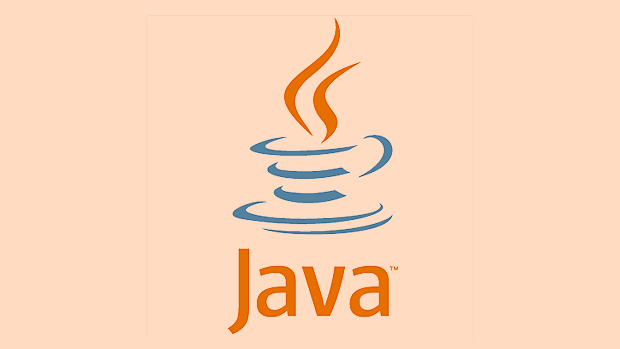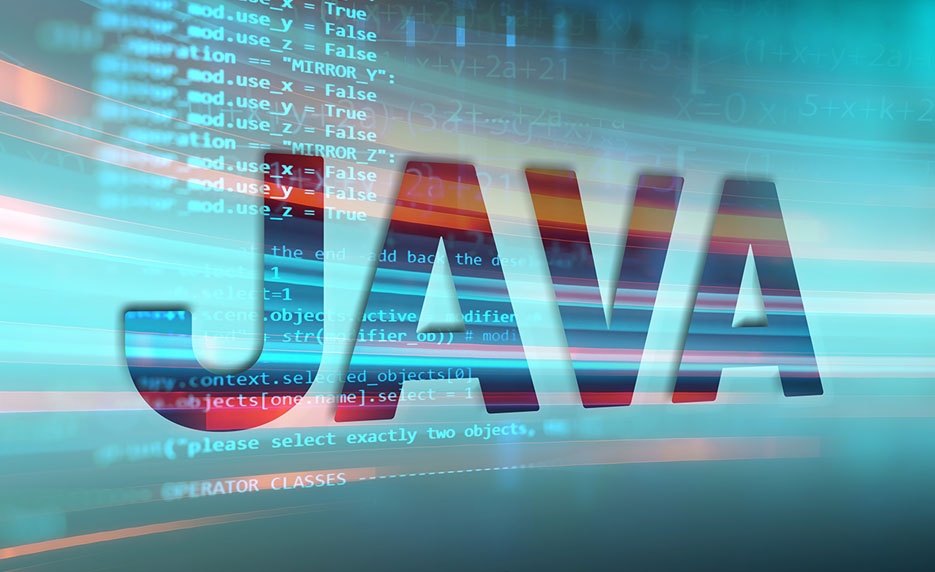Effective Java Exception Handling Strategies
Use specific exceptions instead of generic ones to handle different error conditions appropriately and avoid masking unintended errors. 2. Never ignore caught exceptions; always log or re-throw them, and document intentional ignores with comments. 3. Validate inputs early and fail fast by throwing exceptions at the point of failure, and catch exceptions at high-level boundaries where meaningful recovery actions can be taken. 4. Use try-with-resources for automatic management of closeable resources like files and database connections to prevent resource leaks. 5. When wrapping exceptions, include the original cause using the constructor that accepts a Throwable to preserve the full stack trace for debugging. 6. Avoid returning null after exception handling; instead, throw meaningful exceptions, return Optional, or use result wrappers to represent failure gracefully. 7. Document exceptions using the @throws JavaDoc tag to inform callers about possible checked and unchecked exceptions. 8. Keep try blocks as small as possible to precisely identify the source of exceptions and avoid ambiguous error origins. 9. Use unchecked exceptions (e.g., IllegalArgumentException) for programming errors and reserve checked exceptions for recoverable conditions. 10. Log exceptions only once at the handling layer to prevent duplicate logs and maintain clear error context. Effective exception handling ensures clarity, proper context, and control over error flow, leading to robust and maintainable Java applications.

Handling exceptions effectively in Java is crucial for writing robust, maintainable, and debuggable code. Poor exception handling can lead to silent failures, resource leaks, or confusing error messages. Here are practical strategies to improve your exception handling in Java.

1. Use Specific Exceptions Over Generic Ones
Always catch specific exceptions rather than using broad ones like Exception or Throwable. This helps you respond appropriately to different error conditions and avoids masking unrelated issues.
// ❌ Avoid
try {
parseFile(filename);
} catch (Exception e) {
logger.error("Something went wrong");
}
// ✅ Prefer
try {
parseFile(filename);
} catch (FileNotFoundException e) {
logger.error("File not found: " filename);
} catch (IOException e) {
logger.error("IO error during file parsing", e);
}Why it matters:
Catching Exception may unintentionally trap runtime errors (like NullPointerException) that you're not prepared to handle, making debugging harder.

2. Don’t Ignore Exceptions
Never catch an exception and do nothing with it (a "silent catch"). At minimum, log the error or re-throw it.
// ❌ Dangerous
try {
riskyOperation();
} catch (IOException e) {
// ignored
}
// ✅ Better
try {
riskyOperation();
} catch (IOException e) {
logger.warn("Operation failed, continuing...", e);
}If you truly expect an exception in a rare case and want to ignore it, document why:

} catch (NoSuchElementException e) {
// Expected if the queue is empty; will retry later
logger.debug("No items in queue, will retry");
}3. Throw Early, Catch Late (Fail Fast)
Validate inputs and fail as early as possible. This makes debugging easier and prevents corrupted state.
public void saveUser(User user) {
if (user == null) {
throw new IllegalArgumentException("User cannot be null");
}
if (user.getEmail() == null) {
throw new IllegalArgumentException("Email is required");
}
// proceed with save
}Catch exceptions at the right layer — usually at the boundary of your system (e.g., controller in web apps), not deep in utility methods. Let lower layers throw exceptions; handle them where you can take meaningful action (e.g., show user error, retry, log).
4. Use Try-With-Resources for Auto-Closeable Resources
For resources like files, streams, or database connections, always use try-with-resources to prevent leaks.
// ✅ Automatic resource management
try (FileInputStream fis = new FileInputStream("data.txt");
BufferedReader br = new BufferedReader(new InputStreamReader(fis))) {
return br.readLine();
}
// fis and br are automatically closedAvoid legacy try-finally blocks unless you're on an older Java version.
5. Preserve the Original Cause When Wrapping Exceptions
When wrapping exceptions, use the cause parameter to preserve the stack trace and root cause.
try {
accessExternalService();
} catch (IOException e) {
throw new ServiceException("Service call failed", e); // Include original exception
}This helps in debugging by showing the full chain of events.
6. Avoid Returning Null on Exception — Consider Alternatives
Instead of returning null after catching an exception, consider:
- Throwing a meaningful exception
- Returning an
Optional<T>for nullable results - Using a result wrapper (e.g.,
Result<T>orEither<L,R>in functional style)
public Optional<User> findUser(int id) {
try {
return Optional.of(userDao.load(id));
} catch (SQLException e) {
logger.warn("Failed to load user", e);
return Optional.empty();
}
}7. Document Exceptions with @throws
Use JavaDoc to document checked and important unchecked exceptions so callers know what to expect.
/**
* Loads user by ID.
* @throws UserNotFoundException if user does not exist
* @throws DataAccessException if database query fails
*/
public User loadUser(int id) throws UserNotFoundException, DataAccessException {
// ...
}8. Minimize Try Block Size
Only wrap the minimal code that can throw the expected exception. This avoids catching exceptions from unrelated operations.
// ❌ Too broad
try {
String input = readConfig();
User user = new User(input);
userDao.save(user);
} catch (IOException e) {
// Was it readConfig() or userDao.save() that failed?
}
// ✅ Narrow scope
String input;
try {
input = readConfig();
} catch (IOException e) {
throw new ServiceInitializationException("Config load failed", e);
}
User user = new User(input);
userDao.save(user); // Let exceptions here propagate or be handled separately9. Use Unchecked Exceptions for Programming Errors
Prefer unchecked exceptions (RuntimeException) for conditions that indicate bugs: null pointers, illegal arguments, etc. Use checked exceptions only when the caller can reasonably recover.
For example:
IllegalArgumentException→ unchecked, caller should fix inputIOException→ checked, caller may retry or prompt user
But don’t overuse checked exceptions — they can clutter APIs.
10. Log Exceptions Only Once
Avoid logging an exception at multiple layers. Log it where it’s handled, not where it’s merely caught and re-thrown.
// ❌ Double logging
catch (SQLException e) {
logger.error("DB error", e);
throw new ServiceException(e);
}
// Later:
} catch (ServiceException e) {
logger.error("Service failed", e); // Logs same exception again
}Instead, log only when you’re not re-throwing or when adding context.
Basically, good exception handling is about clarity, context, and control. Handle what you can, report what you must, and don’t hide problems. These practices help build systems that fail predictably and recover gracefully.
The above is the detailed content of Effective Java Exception Handling Strategies. For more information, please follow other related articles on the PHP Chinese website!

Hot AI Tools

Undress AI Tool
Undress images for free

Undresser.AI Undress
AI-powered app for creating realistic nude photos

AI Clothes Remover
Online AI tool for removing clothes from photos.

Clothoff.io
AI clothes remover

Video Face Swap
Swap faces in any video effortlessly with our completely free AI face swap tool!

Hot Article

Hot Tools

Notepad++7.3.1
Easy-to-use and free code editor

SublimeText3 Chinese version
Chinese version, very easy to use

Zend Studio 13.0.1
Powerful PHP integrated development environment

Dreamweaver CS6
Visual web development tools

SublimeText3 Mac version
God-level code editing software (SublimeText3)
 edge pdf viewer not working
Aug 07, 2025 pm 04:36 PM
edge pdf viewer not working
Aug 07, 2025 pm 04:36 PM
TestthePDFinanotherapptodetermineiftheissueiswiththefileorEdge.2.Enablethebuilt-inPDFviewerbyturningoff"AlwaysopenPDFfilesexternally"and"DownloadPDFfiles"inEdgesettings.3.Clearbrowsingdataincludingcookiesandcachedfilestoresolveren
 Deploying a Java Application to Kubernetes with Docker
Aug 08, 2025 pm 02:45 PM
Deploying a Java Application to Kubernetes with Docker
Aug 08, 2025 pm 02:45 PM
Containerized Java application: Create a Dockerfile, use a basic image such as eclipse-temurin:17-jre-alpine, copy the JAR file and define the startup command, build the image through dockerbuild and run locally with dockerrun. 2. Push the image to the container registry: Use dockertag to mark the image and push it to DockerHub and other registries. You must first log in to dockerlogin. 3. Deploy to Kubernetes: Write deployment.yaml to define the Deployment, set the number of replicas, container images and resource restrictions, and write service.yaml to create
 How to implement a simple TCP client in Java?
Aug 08, 2025 pm 03:56 PM
How to implement a simple TCP client in Java?
Aug 08, 2025 pm 03:56 PM
Importjava.ioandjava.net.SocketforI/Oandsocketcommunication.2.CreateaSocketobjecttoconnecttotheserverusinghostnameandport.3.UsePrintWritertosenddataviaoutputstreamandBufferedReadertoreadserverresponsesfrominputstream.4.Usetry-with-resourcestoautomati
 VS Code shortcut to focus on explorer panel
Aug 08, 2025 am 04:00 AM
VS Code shortcut to focus on explorer panel
Aug 08, 2025 am 04:00 AM
In VSCode, you can quickly switch the panel and editing area through shortcut keys. To jump to the left Explorer panel, use Ctrl Shift E (Windows/Linux) or Cmd Shift E (Mac); return to the editing area to use Ctrl ` or Esc or Ctrl 1~9. Compared to mouse operation, keyboard shortcuts are more efficient and do not interrupt the encoding rhythm. Other tips include: Ctrl KCtrl E Focus Search Box, F2 Rename File, Delete File, Enter Open File, Arrow Key Expand/Collapse Folder.
 Fixed: Windows Update Failed to Install
Aug 08, 2025 pm 04:16 PM
Fixed: Windows Update Failed to Install
Aug 08, 2025 pm 04:16 PM
RuntheWindowsUpdateTroubleshooterviaSettings>Update&Security>Troubleshoottoautomaticallyfixcommonissues.2.ResetWindowsUpdatecomponentsbystoppingrelatedservices,renamingtheSoftwareDistributionandCatroot2folders,thenrestartingtheservicestocle
 How to use a while loop in Java
Aug 08, 2025 pm 04:04 PM
How to use a while loop in Java
Aug 08, 2025 pm 04:04 PM
AwhileloopinJavarepeatedlyexecutescodeaslongastheconditionistrue;2.Initializeacontrolvariablebeforetheloop;3.Definetheloopconditionusingabooleanexpression;4.Updatethecontrolvariableinsidethelooptopreventinfinitelooping;5.Useexampleslikeprintingnumber
 What is the process of serialization for a Java object?
Aug 08, 2025 pm 04:03 PM
What is the process of serialization for a Java object?
Aug 08, 2025 pm 04:03 PM
Javaserializationconvertsanobject'sstateintoabytestreamforstorageortransmission,anddeserializationreconstructstheobjectfromthatstream.1.Toenableserialization,aclassmustimplementtheSerializableinterface.2.UseObjectOutputStreamtoserializeanobject,savin
 python numpy linear algebra example
Aug 07, 2025 pm 04:52 PM
python numpy linear algebra example
Aug 07, 2025 pm 04:52 PM
NumPy is the core library for scientific computing in Python. It is good at handling linear algebra operations and provides efficient ndarray arrays and functions in the numpy.linalg module. 1. Use np.linalg.solve(A,b) to solve the linear equation system Ax=b to obtain the solution vector x; 2. Matrix transposition is implemented through A.T; 3. Matrix multiplication can be used to np.dot(A,B) or A@B; 4. Matrix inverse is calculated by np.linalg.inv(A), and the matrix needs to be reversible; 5. The determinant is given by np.linalg.det(A); 6. The eigenvalue and eigenvector are obtained through np.linalg.eig(A), and the eigenvector has been normalized;







